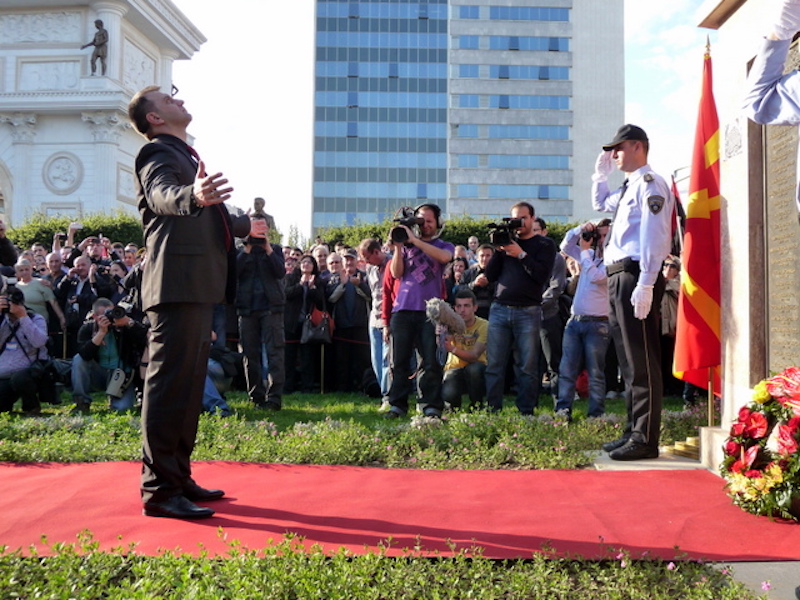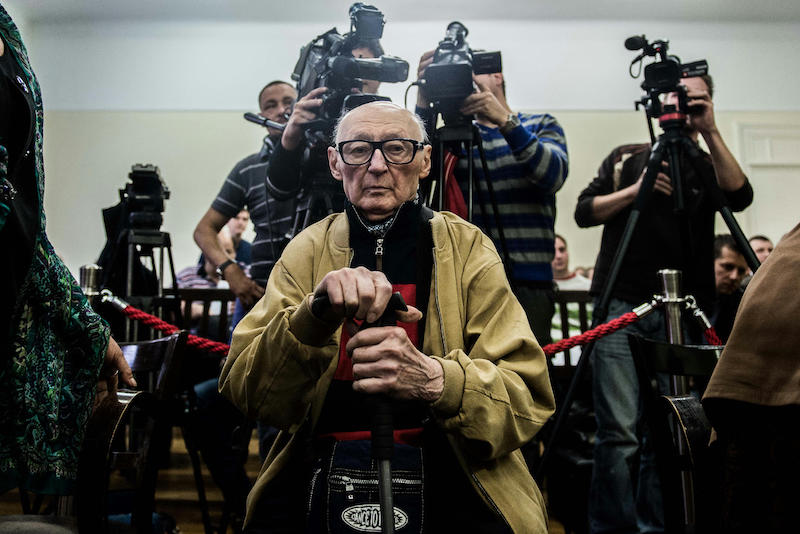“With this, Estonia will forever legalise Russia’s continued occupation. There is no reason to just give away 5.2 per cent of Estonia’s land, water and airspace.”
So said Mart Helme, one of the leaders of Estonia’s far-right EKRE party, who was also the country’s ambassador to Moscow in the 1990s. EKRE is on a mission to reclaim the areas in eastern Estonia that became part of the newborn country after a 1920 treaty with Russia.
Following the 1944 to 1991 Soviet occupation, Estonians were left with 94.8 per cent of their country, while the areas Jaanilinn and Petseri became part of The Russian Federation. It is ironic that as ambassador, Helme was part of the negotiating team that agreed to formally give up 5.2 per cent of Estonia.
EKRE voters will forgive hypocrisy, but not weakness. The scar of the lost lands will probably haunt Estonian politics beyond the still-unratified new treaty. There will always be political space for talk of an unresolved occupation.






